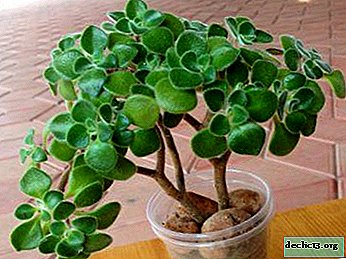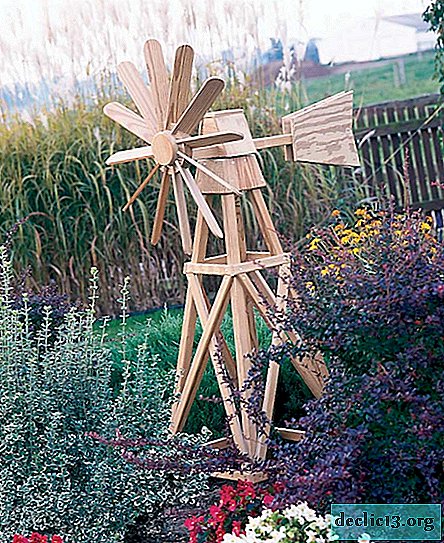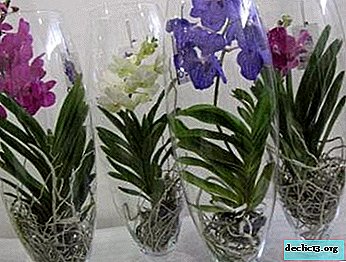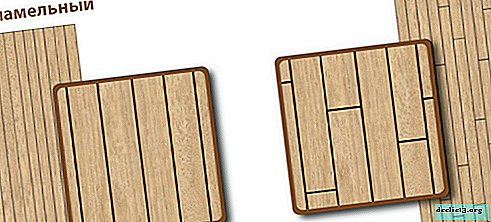Hybrid herbaceous plant for open ground verbena: description, photo and care
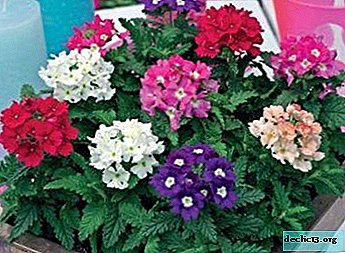
Hybrid verbena is an ornamental plant with a long history. It is very common among flower growers due to its brightness and wide variety.
The described plant is not very demanding on moisture and fertilizing, it is resistant to droughts and low temperatures, but at the same time it is very photophilous. Verbena is often placed in containers and flower beds in tandem with other crops - for example, pelargonium or seaside cineraria. But what else attracts verbena gardeners?
Hybrid verbena is actively used in landscaping, mini-flower beds and flower beds.
Description of a grassy plant for open ground
Verbena is a plant belonging to the Verbena family. The birthplace of culture remains Africa. There are quite a few varieties, each of which differs in size, appearance and structural features. And although hybrid verbena belongs to perennials, it is grown on the territory of Russia as an annual culture, since it is not able to tolerate frosts.
The plant is distinguished by strongly branching erect stems. Its height reaches 50 cm. The leaves are elongated, triangular in shape, there is a colorless bristle on them. Flowers of the correct form, collected in inflorescences of the umbrella type. The color of the petals is purple, dark purple and white.
Photo
Below are the photos of the flower:



Landing
You can plant mature seedlings in open ground in mid-Mayobserving the following procedure:
- Hybrid Verbena prefers to grow in a place well-lit by sunlight.
- The soil must be neutral, and if it is acidic, then dig it up and add wood ash (per 1 m2 of 200 g of ash).
- Before planting, add complex mineral fertilizer. It should consist of phosphorus, potassium and nitrogen. For 1 m2 add 40 g.
- Plant seedlings with an interval of 30-40 cm.
- After planting, carefully water and lay the mulch layer using peat.
You will find all the details of planting and subsequent care of verbena in this article.
Care
Watering
Humidification should be moderate and regular.. Pour water strictly under the root, and if it falls on the petals, they will begin to rot. In summer, watering should be carried out every 5 days, and already in July the procedure should be shortened. Use only standing and soft water.
Air humidity
This tropical beauty perfectly tolerates dry air for a long time, so it is not necessary to increase humidity artificially.
Important! During flowering, do not spray, otherwise ugly brown spots form on delicate petals.Top dressing
 Add organic compounds only once during planting.
Add organic compounds only once during planting.
If nitrogen verbena received in increased quantities, then it will begin to grow leaves and stems, while she does not have enough strength to bloom.
Comprehensive, mineral fertilizers that feed the plant up to two, three times during the summer season are best suited.
But for abundant and active flowering, it is necessary to periodically introduce complex microelements.
Thermal mode
Hybrid Verbena tolerates hot weather, but not cold. Even a temperature of 0 degrees is fatal to her. During the heat, it is imperative to loosen the ground after watering. This will ensure full ventilation of the root system and prevent severe drying out.
Bloom
Verbena begins to bloom in July, and it lasts until the first frost. To increase decorativeness and prolong the formation of new buds, dried inflorescences should be removed on time.
Transfer
If necessary, even the already blooming bushes of a hybrid verbena can be transplanted, since she quite tolerates this procedure without falling into a stressful state. Transplant verbena by transshipment with a lump of earth. After transplanting, be sure to water it.
Life span
Reference! Many varieties of verbena are long-livers, if grown in a warm climate.But the tropical beauty does not stand frosty winters, so her florists use it as an annual. You can extend the life if you bring a bush home and grow in a pot.
Growing
From seed
In order for the verbena to bloom actively in the summer, plant the seeds no later than February. Procedure:
- It is necessary to prepare small containers, fill them with a loose substrate. You can buy the finished version in a specialized store or combine sand, peat and garden soil.
- Spread planting material evenly over the surface and do not sprinkle with earth.
- Cover the containers with glass or polyethylene. Already after 13-15 days sprouts are formed.
- As soon as 2 true leaves are formed, dive by planting the plants in separate cups.
From cuttings
This method is easy and affordable. Procedure:
 The harvesting of cuttings occurs in the fall, during harvesting of faded plants. Dig them out with a lump of earth and place them in a suitable container.
The harvesting of cuttings occurs in the fall, during harvesting of faded plants. Dig them out with a lump of earth and place them in a suitable container.- For wintering, put the bushes in a cool place where the temperature does not exceed 7-9 degrees. a glazed balcony or basement is perfect.
- For planting bushes in the open ground, the month of March is suitable. Cut off their healthy apical shoots that contain 5-6 axillary buds.
- Treat the cut points with activated carbon powder or wood ash.
- Place the finished cuttings in a substrate, which was obtained by mixing sand, peat and vermiculite. Deepen the plant to the lower leaf bud.
- To speed up root formation, place the container in a greenhouse or cover with a cropped plastic bottle.
- The first roots form in 2-3 weeks.
Read about growing verbena from seeds and cuttings here.
Diseases and Pests
Verbena is rarely affected by disease. And they arise mainly due to violated rules for caring for the plant. Such diseases are dangerous.:
- Powdery mildew.
It develops with high humidity in the background of warm weather. White spots form on the sheet plate that look like flour. If the defeat is strong, then the color of the white blots changes to purple. After this, the leaves fall, and the plant dies. To combat the disease, use fungicides that contain copper (Oksikhom, Abiga-Peak, copper sulfate), as well as systemic drugs (Vitaros, Ridomil Gold, Previkur).
- Rot.
Decorative bushes can hit absolutely any kind of fungal rot. The most common ones remain: stem, black stem, root and gray. If the affected parts are removed on time and healthy tissues are treated with fungicides, the plant can be saved from the disease.
Of pests, a tropical guest affects aphids. It is distinguished by the speed of reproduction, as a result, it populates all the surrounding bushes.
Because of this, they inhibit or completely stop development.
Such insecticides are used to control aphids.:
- Cypermethrin.
- Imidacloprid.
- Intavir.
- Hostakwik.
- Biotlin.
Verbena - a decorative culture that will be an excellent decoration for any flowerbed. With minimal care for it, it will bloom for a long time and plentifully. In addition, it is extremely rarely ill and combines well with other flowering plants.

 The harvesting of cuttings occurs in the fall, during harvesting of faded plants. Dig them out with a lump of earth and place them in a suitable container.
The harvesting of cuttings occurs in the fall, during harvesting of faded plants. Dig them out with a lump of earth and place them in a suitable container.
